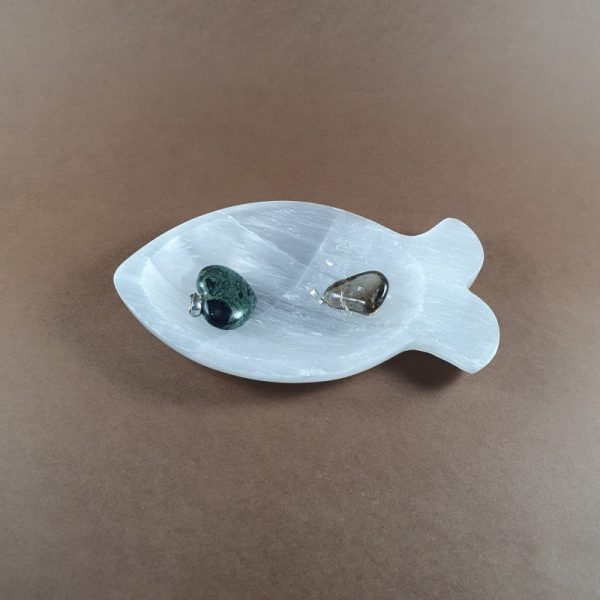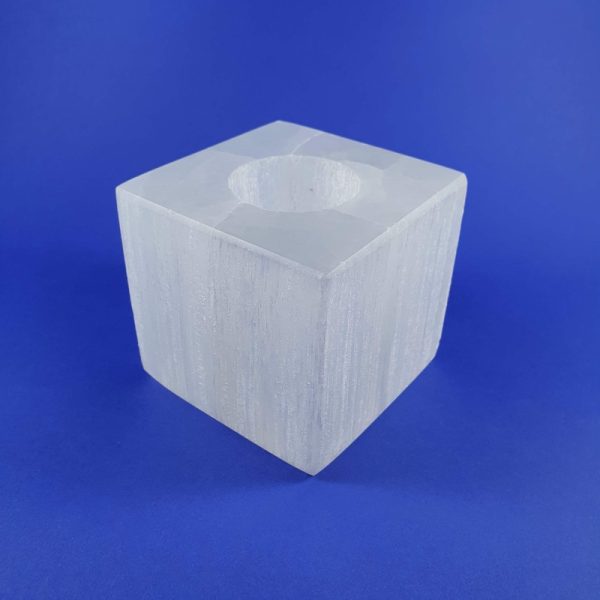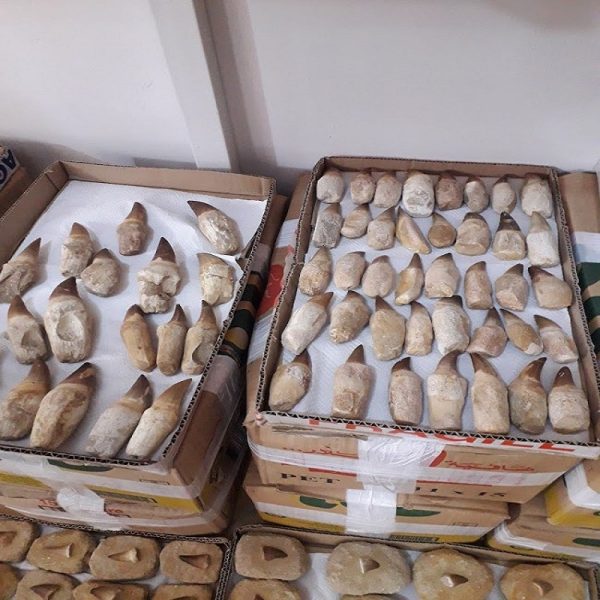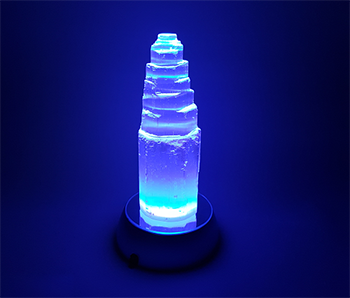Malachite is a striking green mineral known for its vibrant color and unique banding patterns. This copper carbonate hydroxide mineral has been prized for centuries, not only for its beauty but also for its historical significance and practical applications. In this article, we explore everything you need to know about malachite, from its formation and uses to its care tips and interesting facts.
What is Malachite?
Malachite is a secondary mineral that forms in the oxidation zones of copper deposits. It typically develops as botryoidal, fibrous, or stalactitic masses, displaying characteristic concentric rings and deep green hues. The mineral derives its name from the Greek word malache, meaning “mallow,” due to its resemblance to the leaves of the mallow plant.
Malachite is commonly found alongside other copper minerals such as azurite, chrysocolla, and cuprite. It often occurs in both massive and crystalline forms, though the former is more prevalent. The distinctive green color of malachite results from its high copper content.
Where is Malachite Found?
Significant deposits of malachite have been discovered in various parts of the world, including:
- Democratic Republic of the Congo (DRC): One of the richest sources of malachite, producing large and high-quality specimens.
- Russia: The Ural Mountains were historically a primary source of malachite used in decorative arts (Geology.com – Malachite).
- Australia: Copper mines in Queensland and New South Wales yield malachite specimens.
- United States: Arizona is known for producing malachite alongside other copper minerals.
- Namibia, Mexico, and Morocco also have notable malachite deposits.
Uses of Malachite
Malachite has been used for various purposes throughout history, including:
- Jewelry: Malachite is cut into cabochons, beads, and carvings to create stunning jewelry pieces.
- Decorative Objects: Sculptors and artisans craft malachite into vases, tabletops, and ornaments.
- Pigment: In ancient times, malachite was ground into powder to create green pigment for paintings and cosmetics.(Smithsonian National Museum of Natural History)
- Industrial Uses: Malachite is an important ore of copper and has been historically mined for copper extraction.
Malachite in History and Culture
Malachite has played an essential role in various civilizations throughout history. In ancient Egypt, malachite was not only used for decorative purposes but also crushed into powder for use as eyeshadow. The belief was that it had protective qualities and could ward off evil.
In Russia, malachite was highly prized by the ruling elite. The famous Malachite Room in the Winter Palace of St. Petersburg is adorned with magnificent malachite columns, fireplaces, and vases, showcasing the mineral’s grandeur in architecture.
During the Renaissance, artists valued malachite as a green pigment in paintings. The mineral was ground and mixed with a binding agent to create vibrant green hues in artwork.
Interesting Facts About Malachite
- Ancient Egyptian Connection: Malachite was used as an eyeshadow and pigment by ancient Egyptians over 4,000 years ago.
- Malachite in Architecture: Large quantities of malachite were used to decorate structures such as St. Isaac’s Cathedral in Russia. (The Hermitage Museum)
- A Natural Indicator of Copper Deposits: Miners use malachite as a visual cue for locating copper-rich areas.
- Unique Growth Patterns: Malachite forms in beautiful botryoidal, fibrous, or banded structures, making every piece unique.
- Symbol of Wealth and Status: In many ancient cultures, malachite was associated with prosperity and luxury.
- Natural Radioactivity Shield: Some studies suggest malachite may absorb low levels of radiation, making it historically significant in certain protective uses.

How to Care for Malachite
Malachite is relatively soft, with a Mohs hardness of 3.5-4, making it prone to scratches and damage. Here are some care tips:
- Avoid Water and Chemicals: Malachite is sensitive to acids, moisture, and harsh chemicals.
- Use a Soft Cloth: Clean malachite with a dry or slightly damp cloth.
- Store Separately: Keep malachite away from harder gemstones to prevent scratches.
- Handle with Care: Since malachite contains copper, avoid inhaling malachite dust when handling raw specimens.
Frequently Asked Questions (FAQ)
1. Is malachite a rare mineral?
While malachite is not considered extremely rare, high-quality specimens with intense color and well-defined banding are more valuable.
2. Can malachite be worn every day?
Due to its softness, malachite jewelry should be worn with care and stored properly to prevent damage.
3. How can I tell if malachite is real?
Genuine malachite has unique banding and a natural silky luster. Fake malachite, often made from plastic or resin, may have overly uniform patterns and a glossy surface.
4. What is the historical significance of malachite?
Malachite has been used for centuries in art, jewelry, and even ancient medicinal practices. It was highly valued in cultures such as Ancient Egypt and Russia.
5. Where can I buy authentic malachite?
You can find genuine malachite from reputable mineral dealers, online gemstone stores, and specialty crystal shops.
6. Can malachite be used as a copper ore?
Yes, malachite is a significant copper ore. While it is primarily valued for its aesthetic appeal today, historically, it was extensively mined for copper extraction.
7. Does malachite fade over time?
Malachite can be sensitive to direct sunlight and extreme environmental conditions, which may cause slight fading over time. Proper storage in a cool, dark place helps preserve its vibrant green color.
Malachite remains one of the most captivating minerals, cherished for its aesthetic appeal, historical significance, and unique geological properties. Whether you are fascinated by its beauty or its rich history, malachite is an extraordinary mineral worth exploring and collecting!






